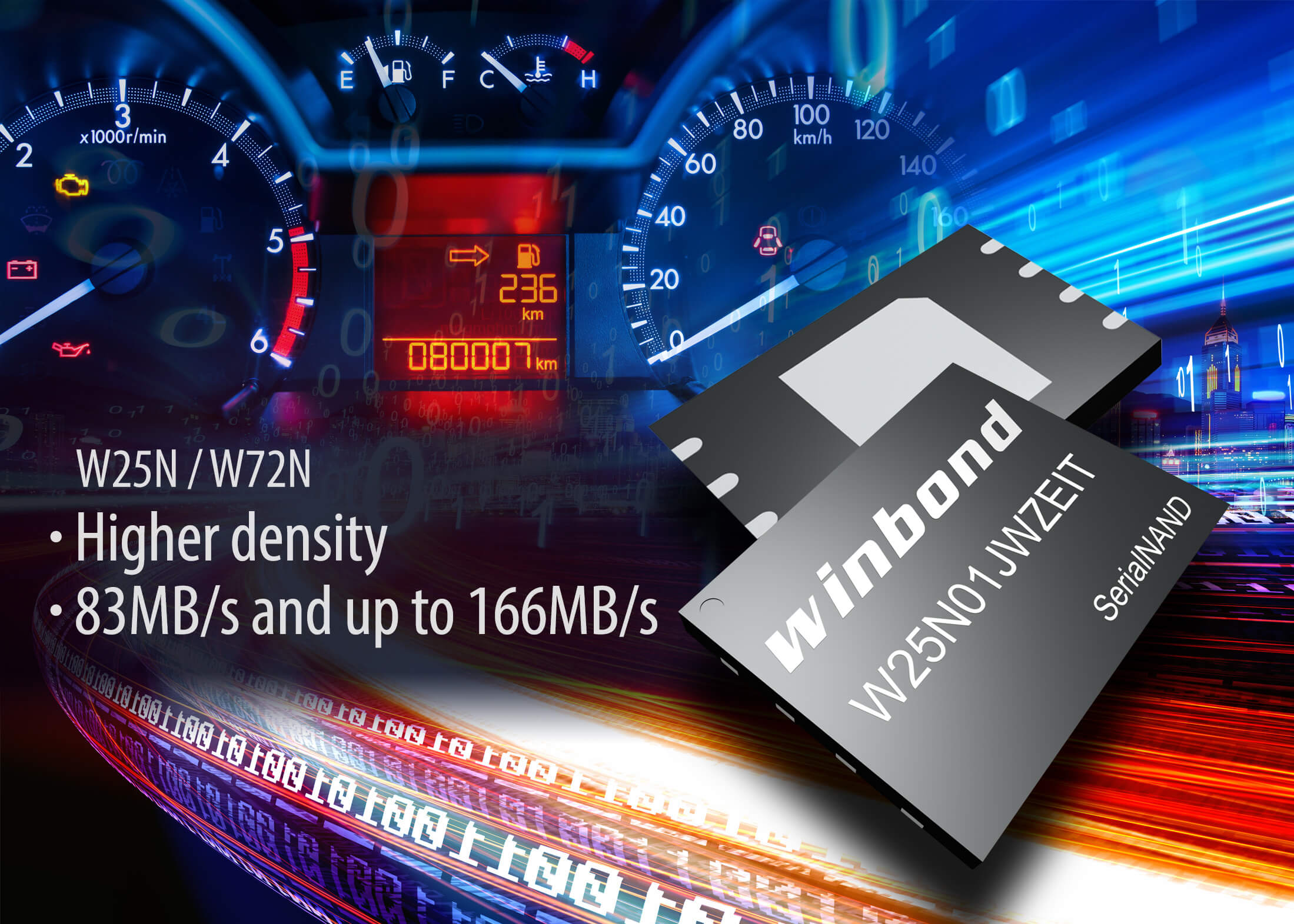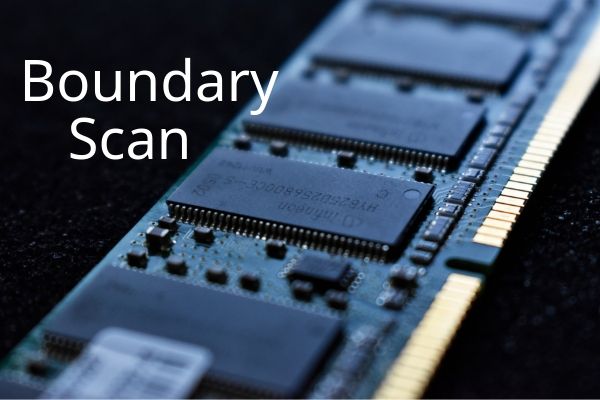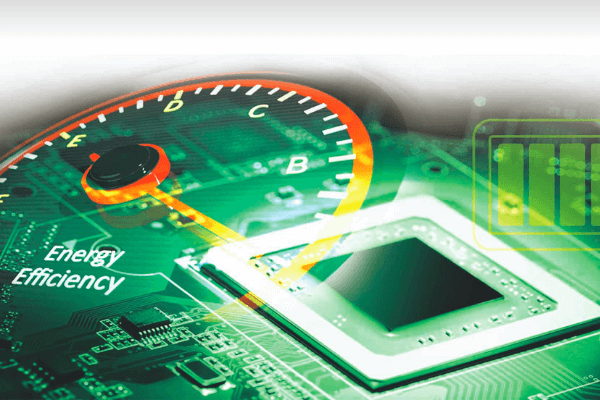Demand for automotive memory is showing explosive growth in recent years as a result of maturing ADAS technology, increasing demand for in-vehicle infotainment systems and automotive displays as well as instrument cluster displays gradually upgrading from conventional 4.5-inch panels to 12.3-inch smart panels.
Take automotive displays for example. In-vehicle displays are growing in bulk and dimensions to meet a range of demands arising from infotainment, safety and telematics. According to IHS, worldwide shipments of components for automotive displays will enjoy a CAGR of 6% through year-end 2021, totaling 176 million units. It is estimated the number of 7-inch and larger automotive displays will top 33.5 million units, representing a CAGR of nearly 10% through 2021.
The changes in these in-vehicle systems will spur considerable growth of automotive data, and the required memory capacity, data transfer rate, reliability level and safety features must make advances as well. IC Insights reported that consumer demand for safer driving systems and government mandates are expected to raise the automotive IC market by 22% to a market value of US$28 billion in 2018. Rising DRAM and memory prices will further boost growth of the automotive IC market, with product costs expected to increase 22.4% in 2018.
Reliability is a top concern for automotive electronics components
Reliability remains a top concern when manufacturers select the automotive components they use. As an integral part of the automotive industry chain, the design and manufacture of automotive electronics has to take a wide range of possible use scenarios into consideration to ensure safety. Although automotive memory does not directly enforce safety protection, its performance may have an influence on road safety. Aside from safety features, data retention is also among automakers’ considerations when choosing automotive memory. SPI NOR flash has long dominated the automotive memory market mainly because of its superior data retention characteristics, which is also the reason for its widespread use by the automotive industry.
However, the automotive memory market has started to show some changes since 2017. In the present automotive market, ADAS and instrument cluster applications have been driving fast growth in demand for automotive memory, and new requirements have also been constantly emerging. There are particularly immense needs for features such as high density and instant boot.
For example, automakers generally require electronics systems to be able to load the operating system, transmit data and boot up into normal operation within one second. If some of the tasks, such as data transmission, can be optimized, the system will be able to boot up faster.
In view of this, William Chen, deputy director, flash product marketing center, Winbond, thinks NOR flash is suitable for applications with a small memory footprint. However, for scenarios where a large amount of data needs to be sent to DRAM instantly, such as automotive applications, and where error-correcting code (ECC) is required, automotive grade NAND flash solutions are a new trend.
High performance, optimal reliability and low cost: Winbond's new QspiNAND is gaining traction in the automotive market
Automotive applications such as instrument cluster and center information display (CID) will growingly require memory solutions with high density, large capacity and instant data transfer in line with booming developments in the automotive market. Automotive memory needs have grown from NOR flash with densities ranging from 64Mb to 512Mb that were able to support most cars in the past, to 1-2Gbit today and the costs will increase accordingly as well, commented William.

In response, automakers can use an embedded multimedia card (eMMC) as an alternative but it is more suitable for high-end instrument clusters. To meet the memory needs by entry-level and mid-range automotive applications, Winbond has introduced a High Performance QspiNAND product family ranging in density from 1Gb to 2Gb with a 4Gb product on the roadmap.
Serial NAND in 8-pin packages offers cost advantages compared to the previous generation parallel flash products with the smallest package offered in 48-pin packages. It also offers higher performance than Parallel NAND as it uses Winbond's proprietary Continuous Read technology to achieve a data read and transfer rate surpassing earlier-generation products.
As a matter of fact, 70% of Serial NAND used to be integrated in network communication equipment (ADSL, XDSL and G-PON) and 30% was used in industrial (safety and protection) applications. With respect to memory use in automotive platforms, manufacturers placed more emphasis on NOR flash in the past but have begun to make some changes. Starting from 2017, many tier-1 automotive system vendors have been evaluating the adoption of Serial NAND, according to Winbond.
“This is because the new High Performance QspiNAND enables a data transfer rate four times faster than Parallel NAND and other Serial NAND currently on the market,” said Wilson Huang, manager, electronics product marketing division I, Winbond. In terms of hardware specifications, the company's solution is housed in the same package as conventional NOR flash on the market, so compatibility will not be an issue.
Transferring data at 80MB/s, which far exceeds competing NAND flash on the market, Winbond's new solution accelerates instrument cluster boot-up time. It also supports dual-quad I/O interface to accommodate higher storage density or data transfer rate up to 160 MB/s. The selection allowing for single, dual and quad I/O means customers can enjoy more flexibility compared to what competitors can offer.
In the past when the industry could provide memory mostly with single I/O, Winbond was already capable of offering quad I/O solutions. Now, staying committed to bringing new innovations, Winbond further boosts data transfer rate through architecture design ingenuities to meet customers' applications requirements.
According to William, SoCs are streaming data on the data bus of the next-generation ADAS and instrument cluster at a maximum of about 200 MB/s. Winbond's solution through dual-quad I/O interface can support 80% of the data flow.
Winbond's High Performance QspiNAND flash is an SLC NAND flash and is more reliable and cost-effective than automotive eMMC solutions on the market. Compared to NOR flash, Winbond's High Performance QspiNAND has a superior cost-performance ratio.
Furthermore, Winbond's High Performance QspiNAND is an AEC-Q100 compliant NAND flash with an operating temperature range between -40°C and 105°C. In terms of data retention characteristics, Winbond's High Performance QspiNAND can support 10 years of data retention at 85°C after 1, 000 cycles, whereas eMMC can only support data retention for a fraction of that time under the same conditions even when used in pSLC mode.
“Winbond looks to replace high density NOR flash with high quality automotive grade NAND flash,” said William. The current automotive display, ADAS and other automotive applications still largely use high density NOR flash, ranging from 256 Mbit to 1Gbit. Winbond's High Performance QspiNAND offers both cost and performance advantages and stands a chance of taking over a share of the high density NOR flash market. In addition, Winbond, with its in-house fabrication capacity, has full control over the manufacturing process and therefore can guarantee long-term steady supply to customers.
As more cars become connected, the demand for data storage is expected to reach 1TB by 2020. Many world-leading memory suppliers have been expanding into the automotive industry. Winbond's High Performance QspiNAND, leveraging its Continuous Read technology and lower packaging cost, will be able to meet the automotive industry's stringent requirements for high performance, high reliability and low cost components.


 English
English










